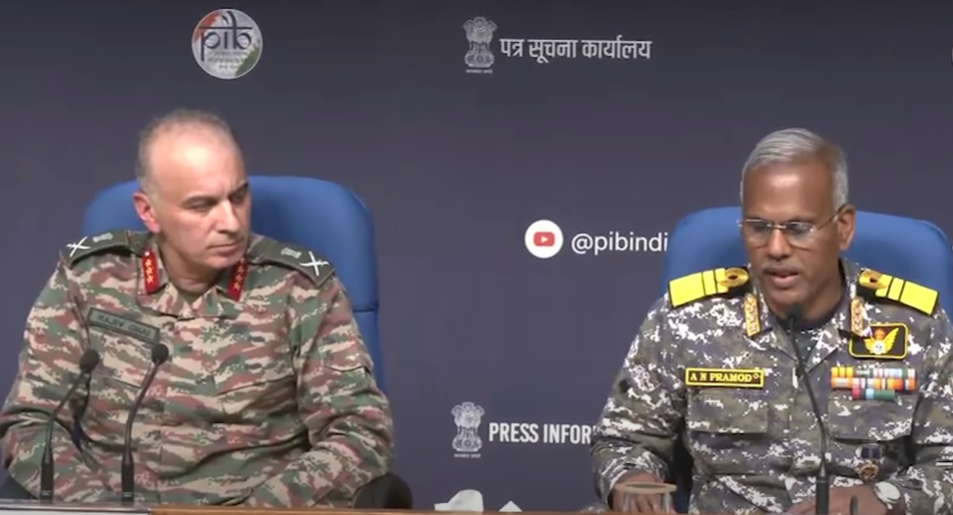
In an exclusive interaction, senior officials of the Indian Navy shed light on the swift and calibrated maritime response mounted in the aftermath of the terrorist attack on innocent tourists at Pahalgam, Jammu & Kashmir, on April 22. The attack, orchestrated by Pakistan-sponsored terror groups, prompted the Indian armed forces to activate a joint operational framework to send a strong deterrent message.
According to top Navy Officials, within just 96 hours of the attack, the Indian Navy deployed its Carrier Battle Group, submarines, and aerial assets with full combat readiness into the Arabian Sea. “Our objective was clear: to test and revalidate our crew, armament systems, and platforms in real operational conditions,” a senior officer stated.
Weapon firings and tactical exercises were carried out at sea to ensure readiness for delivering precise strikes on selected targets, if necessary. The officials emphasized that this forward deployment was not symbolic but a deliberate posture backed by credible combat capability.
“Our forces remained forward deployed in the northern Arabian Sea, fully capable of striking strategic locations—on land and at sea—including Karachi, at a time of our choosing,” an official confirmed. He further added that this posturing forced Pakistan's naval and air assets into a defensive position, with most units restricted to their harbors or hugging the coastline. “We monitored these movements continuously, maintaining full maritime domain awareness,” he noted.
The Navy's response, described as “measured, proportionate, and non-escalatory,” was part of a broader tri-services escalation control mechanism developed in coordination with the Indian Army and Air Force. Senior officers explained that while India retained the ability for offensive action, the approach remained strategically calibrated.
“Our maritime domain awareness grid allowed us to maintain full transparency over the battle space,” a Navy commander explained. “The credibility of our deterrence stems from this seamless integration of intelligence and capability.”
When questioned about specific military actions, such as whether any enemy fighter aircraft were downed, the officials declined to give direct answers. “Let me say this,” one officer remarked, “We have both quantitative and qualitative superiority to deliver a massive blow to our adversaries. We completely dominate the maritime front.”
He concluded by reaffirming that the Indian Navy remains deployed at sea in a credible deterrent posture, ready to respond decisively to any hostile action from Pakistan or Pakistan-based terrorist groups.
“The message is clear,” said the senior officer. “If Pakistan dares to act again, they know exactly what we are capable of doing.”




